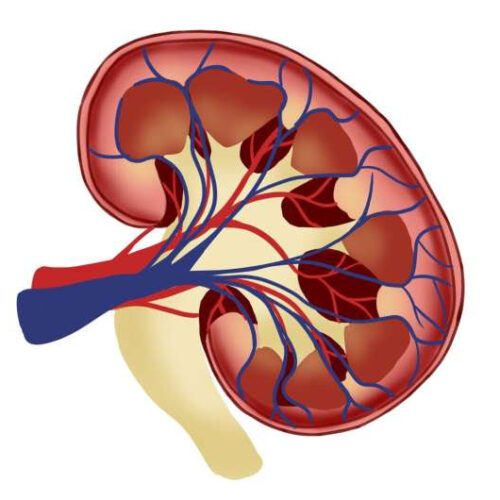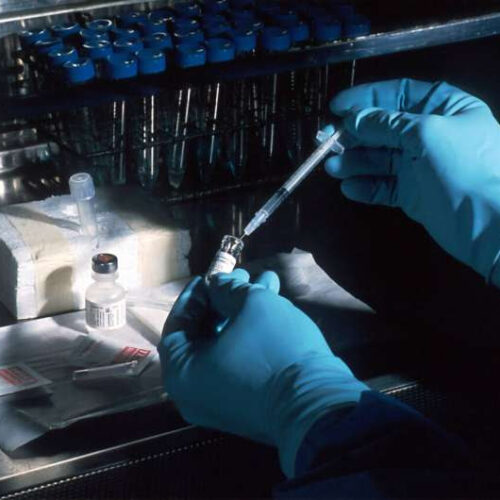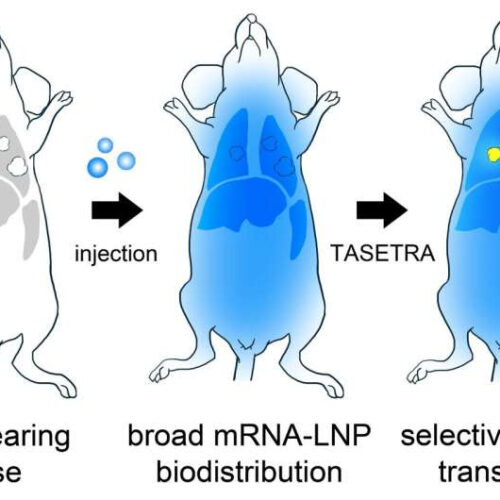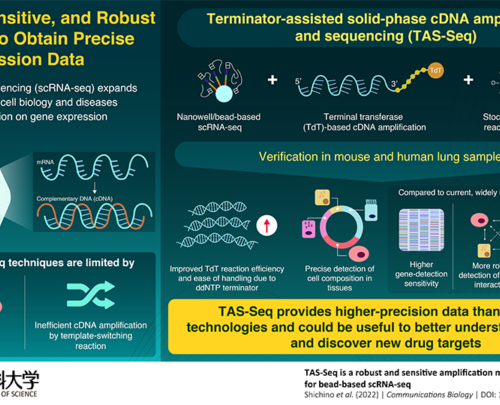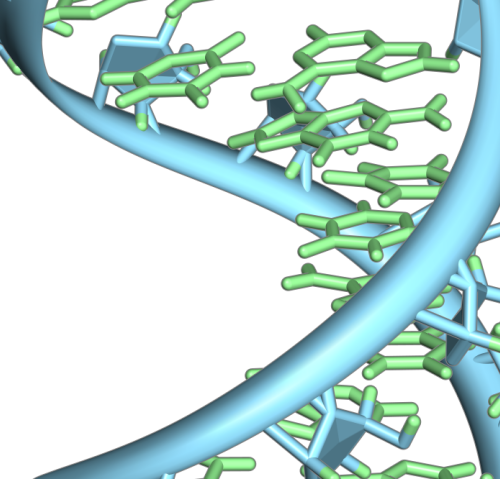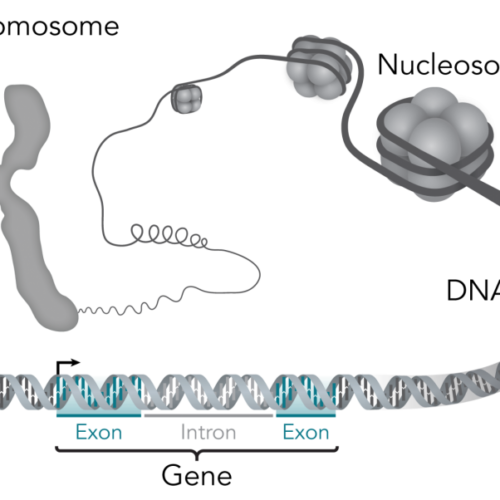by University of Pennsylvania Credit: Pixabay/CC0 Public Domain After mapping the genetic underpinning of kidney function in 1.5 million people and about 60,000 kidney cells that are the microscopic mechanisms of gene regulation, researchers at the Perelman School of Medicine at the University of Pennsylvania found that more than 500 genes likely contribute to kidney...
Category: <span>Genetics</span>
Study lays foundation for new psoriasis treatment strategy
by Medical University of Vienna Psoriatic-arthritic-like (PsA) phenotype in mice with severe psoriasis-like disease. (A) Prevalence of psoriatic arthritis (PsA) in mice with inducible dual epidermal deletion of c-Jun and junB (DKO*) and triple epidermal deletion of c-Jun, JunB and S100A9 (TKO*) with severe psoriasis-like disease (n=20 per group). (B) Toluidine blue staining of the...
Sperm screening might detect harmful mutations before embryo implantation
ELIFE Screening sperm may help identify potentially harmful new genetic mutations and help fertility specialists prevent them from being passed on to offspring, shows a preliminary study published in eLife. The results suggest a potential tool to help improve fertility treatment outcomes. New harmful disease-causing mutations can arise in sperm, and fathers may inadvertently pass...
Hereditary factors that increase the likelihood of cancer mutations detailed in new study
INSTITUTE FOR RESEARCH IN BIOMEDICINE (IRB BARCELONA) Mutations occur in various tissues and organs of an individual. Somatic mutations occur in cells that will not give rise to offspring and are therefore not passed on to subsequent generations. Caused by a large number of factors such as age and smoking, somatic mutations are the main...
Atezolizumab translates into survival benefit for bladder cancer patients with ctDNA positivity
by European Association of Urology Credit: Unsplash/CC0 Public Domain Researchers who treated a group of post-surgery bladder cancer patients with the immunotherapy drug atezolizumab have found that patients whose blood contained circulating tumor DNA (ctDNA), responded very well to the treatment. The study is presented today at the European Association of Urology annual congress (EAU22),...
Developing a new treatment for lung cancer
by Christina Benjaminsen, Norwegian University of Science and Technology The figure shows a mouse with lung tumours. The intravenous injection of therapeutic mRNA contained in nanoparticles results in the wide distribution of the drug throughout the body. This may lead to side effects because the mRNA also has an effect on healthy cells. As part of...
Novel, Sensitive, and Robust Single-Cell RNA Sequencing Technique Outperforms Competition
Single-cell RNA sequencing (scRNA-seq) is one of the most important methods to study biological function in cells, but it is limited by potential inaccuracies in the data it generates. Now, a research team from Japan has developed a new method called terminator-assisted solid-phase complementary DNA amplification and sequencing (TAS-Seq), which overcomes these limitations and provides higher-precision...
Researchers identify important factors for regulating the body’s immune response
by Christina Griffiths, Indiana University School of Medicine An artist’s depiction of a T cell. Credit: NIAID Researchers at Indiana University School of Medicine are learning more about how special regulatory T cells can impact the immune system’s response and how those cells could be manipulated for potential treatments for food allergies and autoimmune diseases. In...
RNA modifications in mitochondria promote invasive spread of cancer
by German Cancer Research Center A hairpin loop from a pre-mRNA. Highlighted are the nucleobases (green) and the ribose-phosphate backbone (blue). Note that this is a single strand of RNA that folds back upon itself. Credit: Vossman/ Wikipedia Mitochondria are the power plants of cells, and they contain their own genetic material and RNA molecules....
Novel gene for Alzheimer’s disease in women identified
by Boston University School of Medicine This stylistic diagram shows a gene in relation to the double helix structure of DNA and to a chromosome (right). The chromosome is X-shaped because it is dividing. Introns are regions often found in eukaryote genes that are removed in the splicing process (after the DNA is transcribed into...

